Natural Water Gardens – 5 Pictures
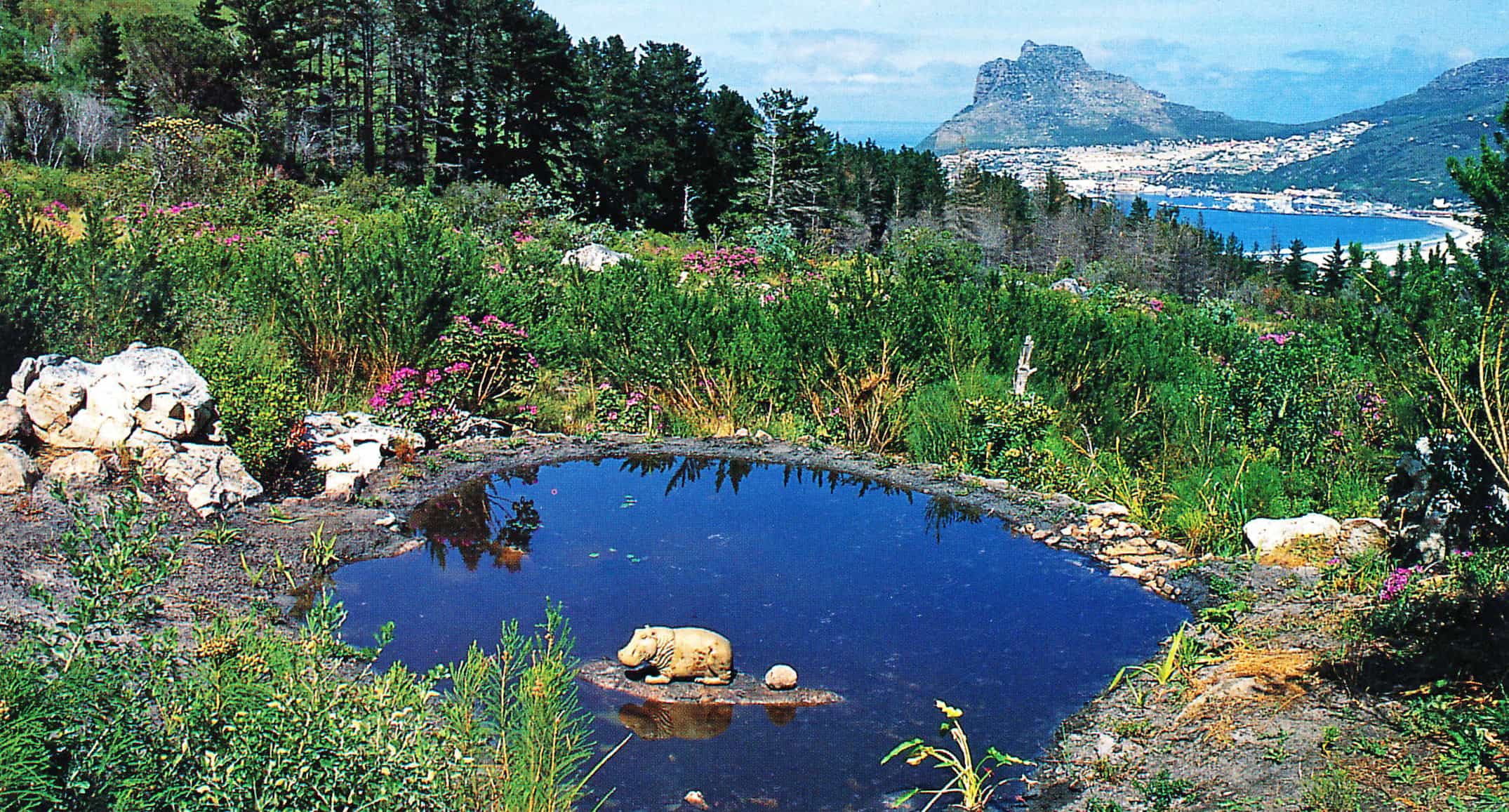
How To Build Natural Water Gardens
Where water occurs naturally in the garden, very little maintenance is necessary except tidying up and weeding the area. Natural Water Gardens are usually easy to maintain. If indigenous moisture-loving plants are already present, the water will attract all types of wildlife without any effort on your part. In properties where water is not normally present, bog gardens and wild water gardens may be ingeniously created with surprisingly little effort.
When creating an informal water feature, you will presumably have tried to make it look like other natural water gardens. If you have followed the guidelines discussed earlier, there should be a good balance of nature in the pond, together with an interesting selection of visitors in the form of frogs, newts, dragonflies and so on. You will probably also notice an increase in the number of birds which visit your garden and, in some areas, even small animals.
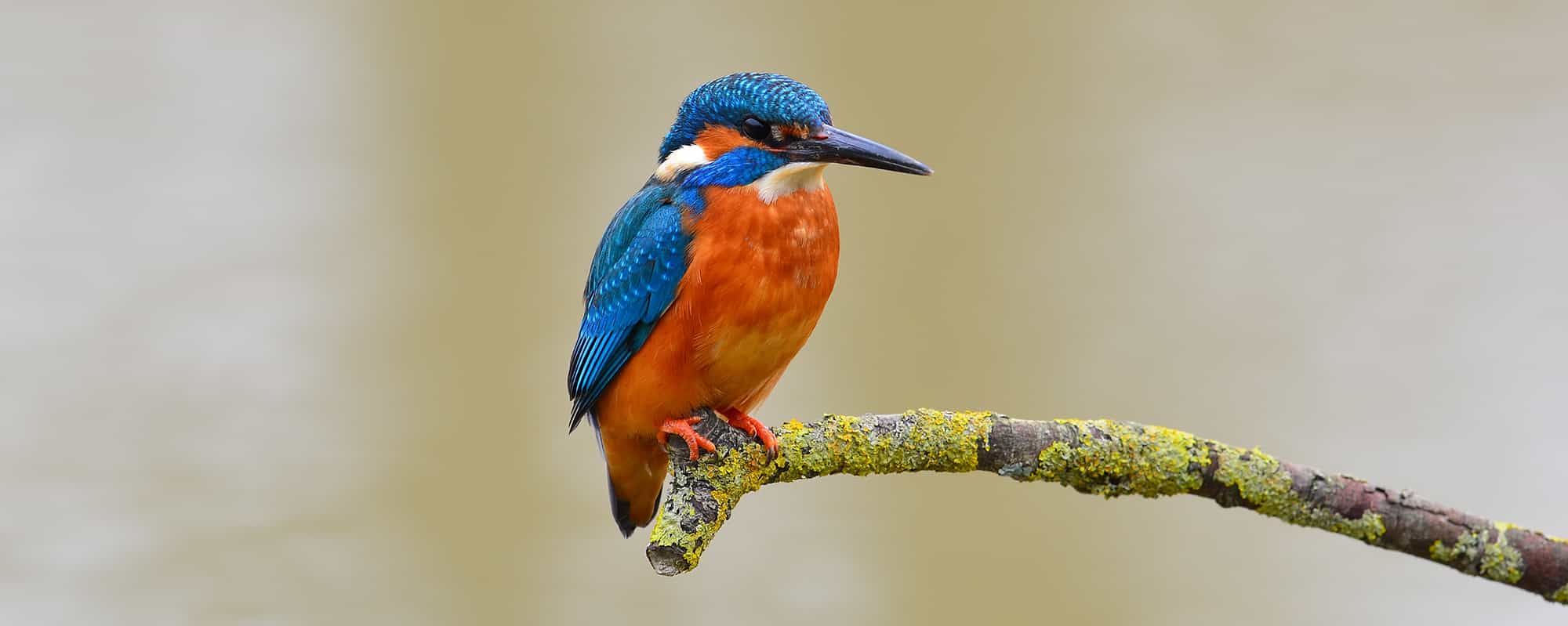
Of course, if your pond was designed to accommodate expensive koi, these visitors could be a curse and you may instead be forced to cover the water with a net of some sort to discourage birds. If all these creatures are welcome guests, you can encourage their visits by creating a suitable environment for breeding.
The most desolate marshy area surrounding a stretch of open water can be transformed into a lush, treasure-land of wildlife and nature by skillful planting. A boggy patch planted with appropriate flowers (marsh marigolds, for instance) will create a haven for dragonflies, bees and butterflies. Within a surprisingly short space of time you will have a wildlife pond rather than one that is ornamental.
BOG GARDENS
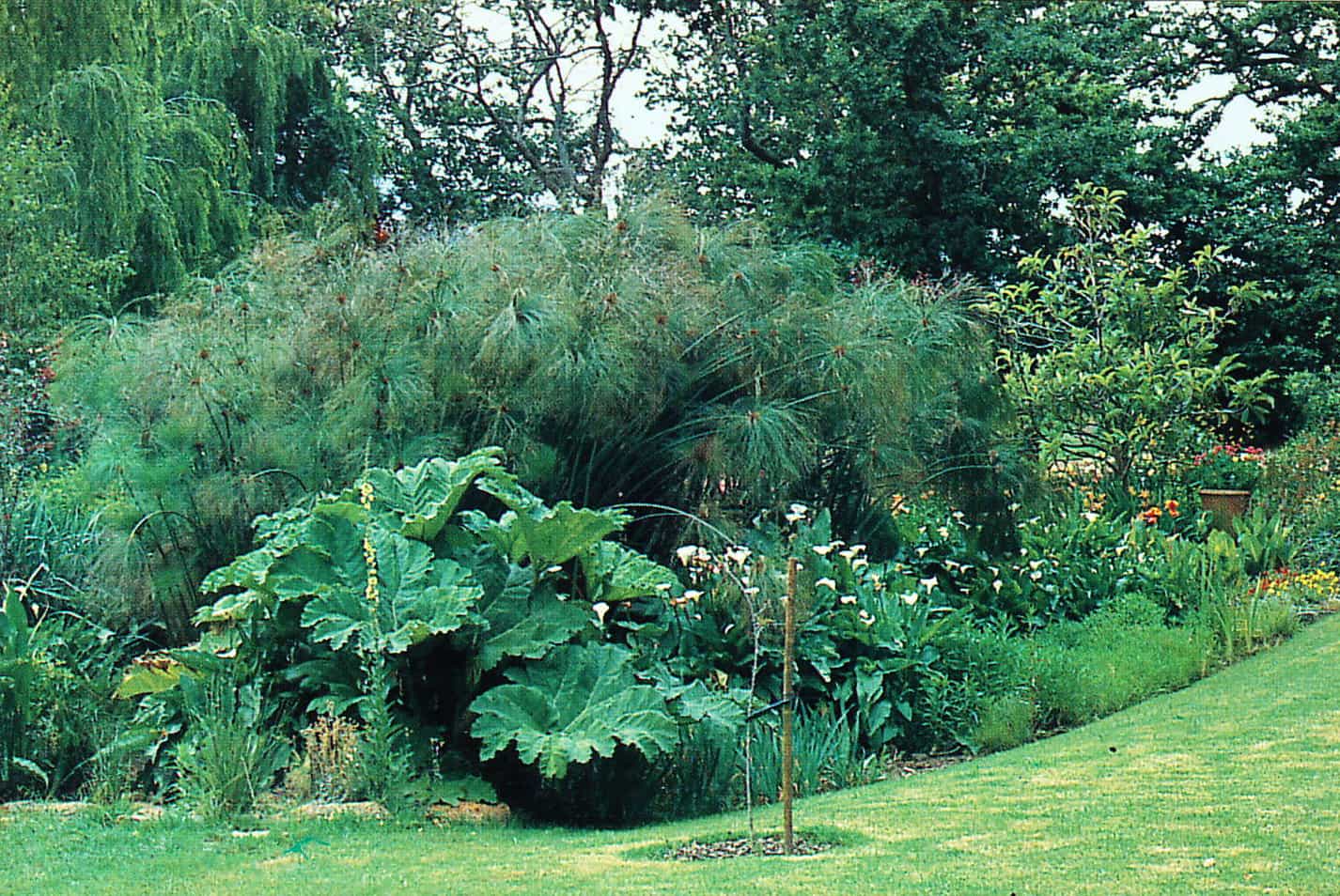
Even if you do not want a pond or pool, it is still possible to establish a water feature which will attract wildlife The most obvious is a bog garden where moisture-loving plants will thrive. These ‘gardens’ can create a charming effect even though access may be limited.
Traditional 19th Century’ bog gardens’ were often planted with rare species and located alongside contrived rock gardens. The modern version, however, frequently combines marginal aquatics with true bog and marsh plants. A natural bog garden, on the other hand, supports mainly acid-loving plants living off the layer of peat formed organically due to decomposing sphagnum and other mosses.
Natural bog and marsh gardens often adjoin ponds and pools, and this is the obvious place to create one. The inclusion of moisture-loving plants beside the pond, together with marginals just inside the pond, will help soften the edges of the water feature and thus achieve a pleasant transition between water and land. This does not mean that you cannot create a bog garden alongside a formal pond. In fact, it is one way to prevent a formal design from looking too severe.
If the soil around your pond is constantly damp, but not waterlogged, this is the perfect place for a bog garden. Even if moisture is not always present, it is a reasonably simple matter to install an underground irrigation system that will enable you to water the soil with a hose whenever it begins to dry out. Since you are aiming to simulate marsh-land, this will have a more natural effect than watering from above.
One of the easiest methods of creating a bog garden is to use a plastic liner and any of the materials mentioned on our “Building Basics – Materials page” may be used. You will need to perforate the base to allow for some drainage. Bury the outer edges of the plastic in the surrounding soil, without raising them right to the surface.
A bog garden can also be constructed as an extension to an existing pond. You will need to build a retaining wall between the two areas, and ensure that the soil level is at least 25 mm (1 in) above the surface of the water. A division of either loose-laid bricks or cut stone will allow water to seep slowly through to the bog garden, and a peaty soil mixture placed over a generous layer of gravel for drainage will give you a good moisture-retaining medium. You could also add compost and chipped bark to improve the quality of the soil. The main disadvantage of establishing a bog garden within the confines of a pond is the distinct possibility that the soil will be disturbed and muddy the water.
WILD WATER GARDENS
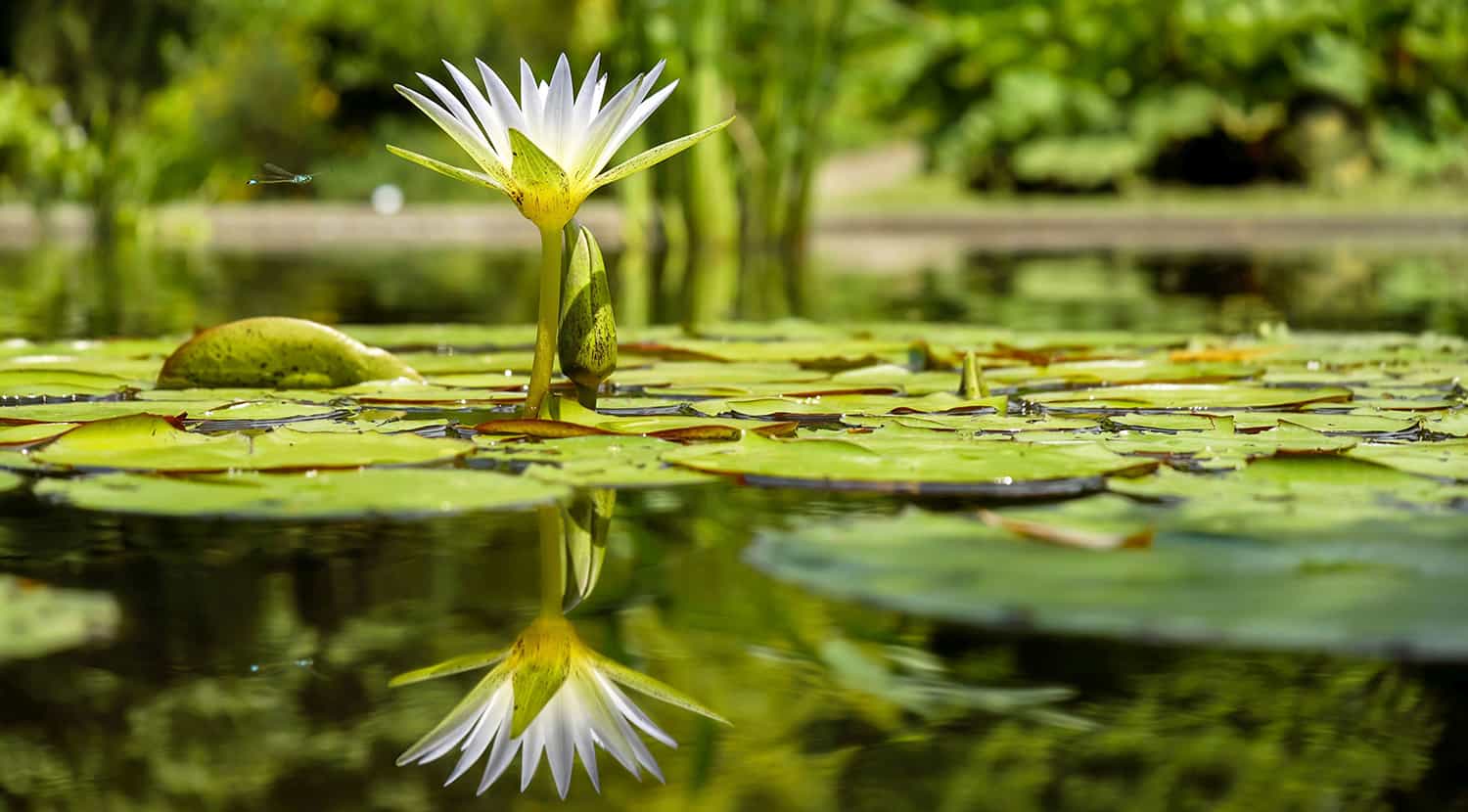
Wild natural water gardens, including those which feature water, have become increasingly popular in recent years. Unlike the famous ‘wild’ gardens popularized by British gardener and author, William Robinson, more than a century ago, they are no longer intensely cultivated, with numerous exotic species. Instead, the wild garden of today is a place where various creatures and indigenous plants are encouraged to live and grow in harmony. It is also very informal and even slightly disordered.
Water features designed to attract wildlife should be as natural in appearance as possible. Natural water gardens & ponds sealed by clay puddling and edged with grass are ideal, and a gently sloping pebble beach will give safe access to amphibians, birds and small mammals that come to the water’s edge to drink. If you prefer a solid surface underfoot, use slate or simulated stone slabs, perhaps with plants between them. Timber is also suitable, and a deck or jetty can provide the perfect viewing point.
Here are a few water garden plants
[ninja_tables id=”2074″]
The pond should incorporate a variety of levels, as well as fairly generous marginal shelves for planting. Alternatively, the walls of the structure should slope very gradually so that soil can be spread over them to encourage plant growth. If you choose to use a flexible liner, particular care should be taken not to puncture or damage the material in anyway when splitting and separating mature plants.
Even a small precast pond can be planted to encourage wildlife although it is not ideal; a marshy area next to the pond will make it more effective.
WILDLIFE
Both natural water gardens and man-made wetlands will be a magnet for birds, frogs and other wildlife, while fish will help reduce numbers of unwanted insects. Even a small pond in a suburban garden will encourage all kinds of creatures to visit.
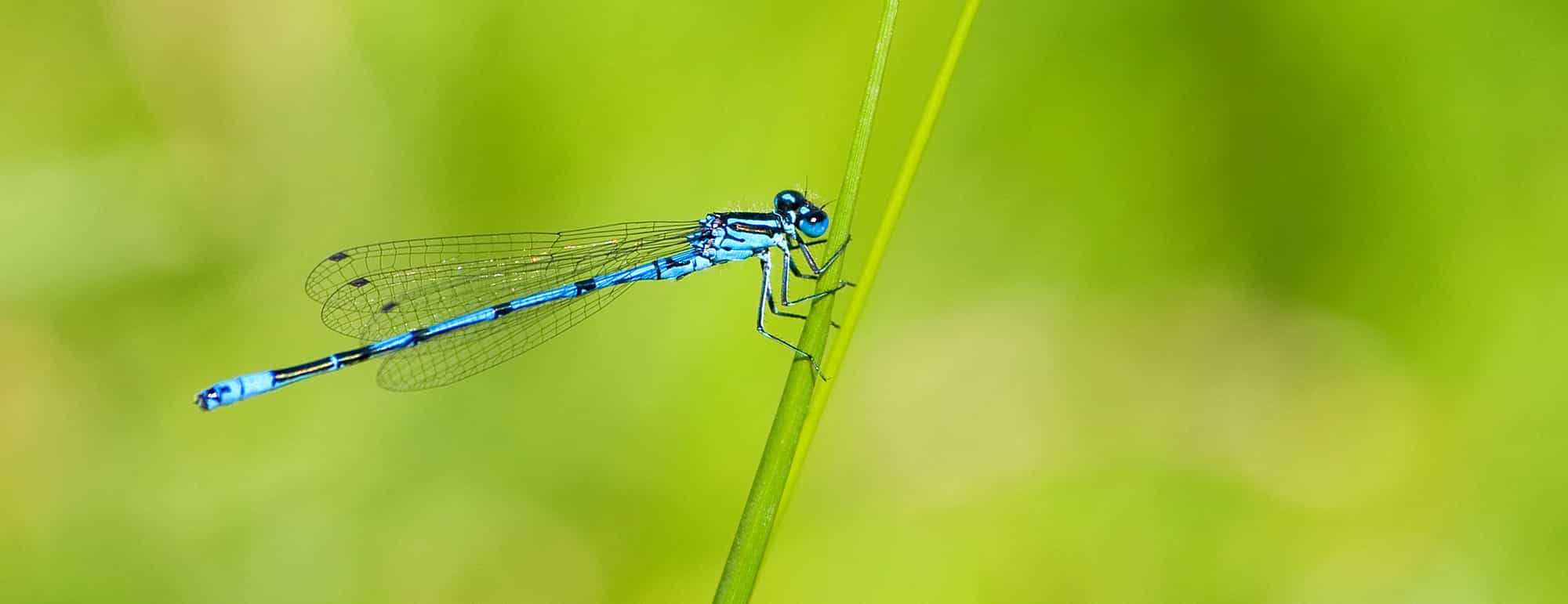
It does not take long for natural water gardens and ponds to become naturally populated with insects, amphibians and small animals. Various beetles, worms and snails as well as water mites, dragonflies and the smaller damsel flies, frogs, toads and newts will soon make their way to the water. You can introduce them from natural pools and streams, as long as you take care not to overstock your pond. Make sure you avoid pests, which include certain beetles and snails. It pays to know a little about these creatures; for instance, the larvae or nymphs of the beautiful dragonfly are so ugly and unlikely in appearance that some pond owners destroy them in ignorance. Since they can spend as long as three to four years underwater before emerging as adults, this can be a tragedy.
Reeds along the bank of a pond will encourage water shrews, voles and field mice to nest, and these in turn may lure the harmless grass snake to the area.
Long grass and dense plant cover will also be a haven for amphibians which spend part of their life cycle out of the water. Rocks and boulders placed to create nooks and crannies will be good resting places for these creatures.
Of course, the frogs, newts and toads you attract to your water garden will vary depending on where you live. In general, frogs are smoother and more moist than warty toads, which can spend more time away from water. Newts, with their long tails, are not as common as frogs or toads.
Fish will introduce color and movement to the pond and are useful as they eat the eggs and larvae of mosquitoes, gnats and midges. Although various freshwater fishes are found in natural ponds and rivers, the most suitable ornamental species for a wildlife pond is probably the goldfish. These are usually inexpensive, hardy and do not need a great deal of attention.
Many of the larger birds, including herons and seagulls, should be discouraged from wildlife ponds, but most garden birds will do no harm. If you have a waterfall, you can provide a rock shelf where birds can drink and preen.
Ducks and other waterfowl can prove a menace in a pool of this nature. They eat all kinds of insects as well as small fish and plants, and they churn up mud. If you want to keep ducks, build a pond specifically for them in their own territory and do not expect too much else from it.





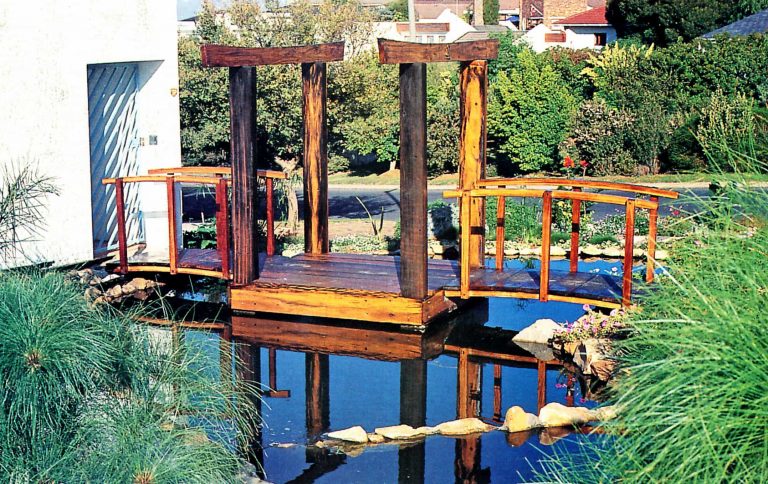
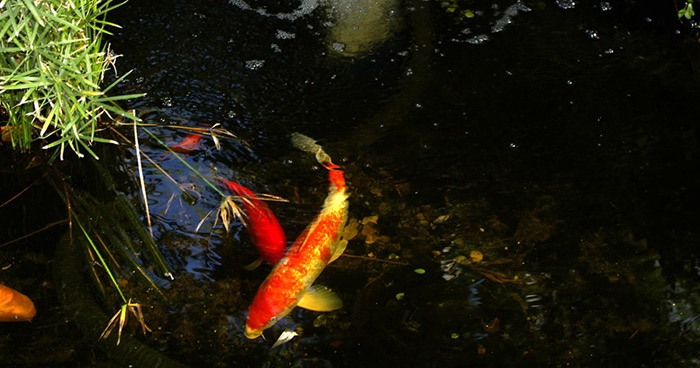
3 Comments